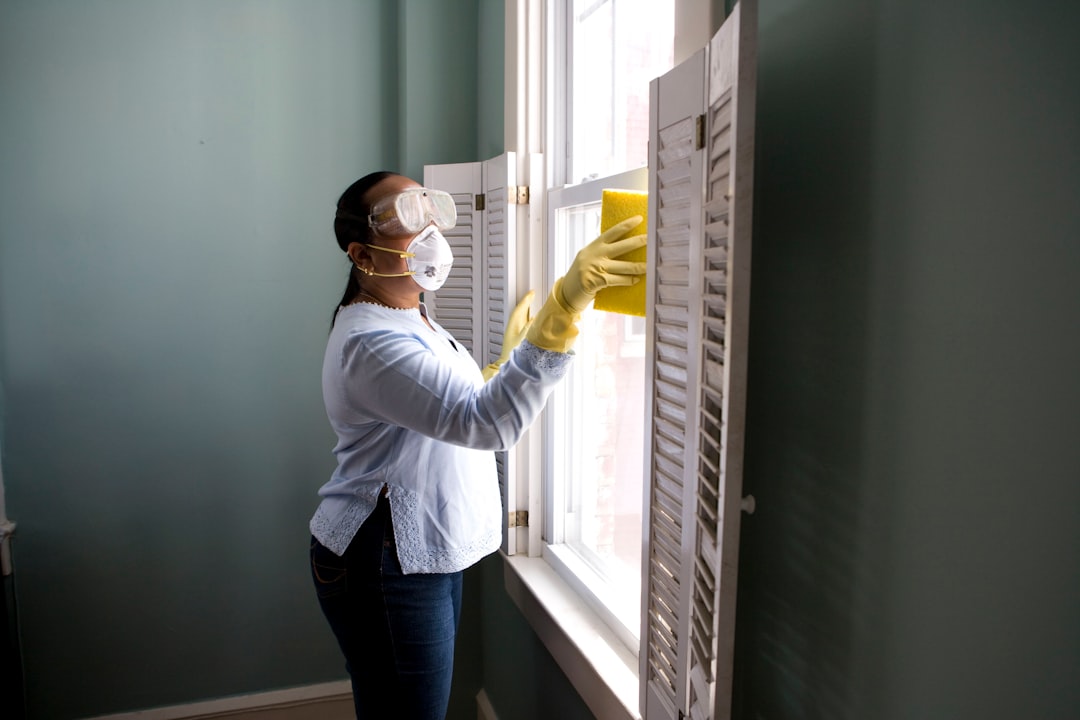 Photo from Unsplash
Photo from UnsplashOriginally Posted On: https://www.homoq.com/common-bathroom-insects/
Can we talk for a minute about a sensitive subject? Bathroom insects. They can ruin the time you spend in the one room where you’re supposed to be able to have a little privacy.
Whether you’ve seen one pest or an infestation, you probably feel like you’re under attack. Don’t worry about pesky bathroom.
Let’s talk about the top five bugs found in bathrooms all over the world. If you can’t identify exactly which powder room pests you’re hosting in your home, you’ll waste precious time trying to get rid of them with the wrong pest control solution.
1. The Unmistakable SilverfishSilverfish are easy to spot by their shiny silver body. They also have a distinctive set of three tails that resemble antennas. Don’t be fooled, though, because the real antennas are attached to the top of their head.
Their fast swimming-like movements make them challenging to squish, but don’t let that stop you from trying. You don’t want them as guests. They eat almost anything found in your bathroom, including hair products and even toothpaste!
While they’re not usually dangerous to humans, they can trigger an allergic reaction in some people.
2. Drain Flies in Your BathroomDrain flies are common bathroom pests that breed in the moist environments of your bathroom drain. Wet or dry, the drain is their primary entry point. If you have a plumbing leak you’re ignoring, you’re giving them an easy way in, but drain flies can also get in through a dry drain.
They’re tiny and black (or brown) with long, hairy legs––and an even fuzzier appearance as adults! Sometimes called sewer flies, they feed on organic matter. Image the buffet they could enjoy if you’ve not maintained your plumbing pipes.
While they’re not a significant threat to you or your property, you’ll still want to do whatever it takes to get rid of drain flies. By the way, if you’ve noticed worm-like insects in the bathroom, it’s the larvae of your resident drain flies.
3. Cockroaches Love Powder RoomsAlthough they’re not bathroom-specific, cockroaches are still pests that can move into your powder room.
These insects eat just about anything––including soap and toothpaste––and can contaminate personal items, such as your toothbrush. They transfer bacteria to the bathroom sink area via their feet or mouthparts.
Coming in contact with roach feces could result in an allergic reaction, food poisoning, or diarrhea.
4. What a Tangled Web They WeaveSpiders find their way into your bathroom through cracks in the walls or floor. While not technically bathroom insects, arachnids, a.k.a., spiders can quickly build their webs, hide, catch and feed on their prey from the comfort of your powder room.
Even if you think Charlotte was adorable, you don’t want her kin living in your bathroom. Spider infestations can quickly go from cute to annoying!
5. Do Not Mess With the House CentipedesHouse centipedes are bathroom pests that do not actually reside in the bathroom. These creepy crawlers like to make their homes underneath sinks or other dark spaces near bathroom areas.
Aside from their creepy appearance (long antennas and lots of legs), sometimes they sting humans. If you see one scuttle across the floor when you turn on the bathroom light, don’t touch it.
Now You Can Identify Common Bathroom InsectsThanks for joining us in our bathroom insect identification journey. Do you have any bathroom pests that don’t make this list?
If you’ve enjoyed reading this post, we invite you to continue reading through our archives. You might even find another article that helps you identify those other bathroom bugs. If not, we’re confident you’ll enjoy exploring a range of different topics focused on helping you enjoy living in your home.
